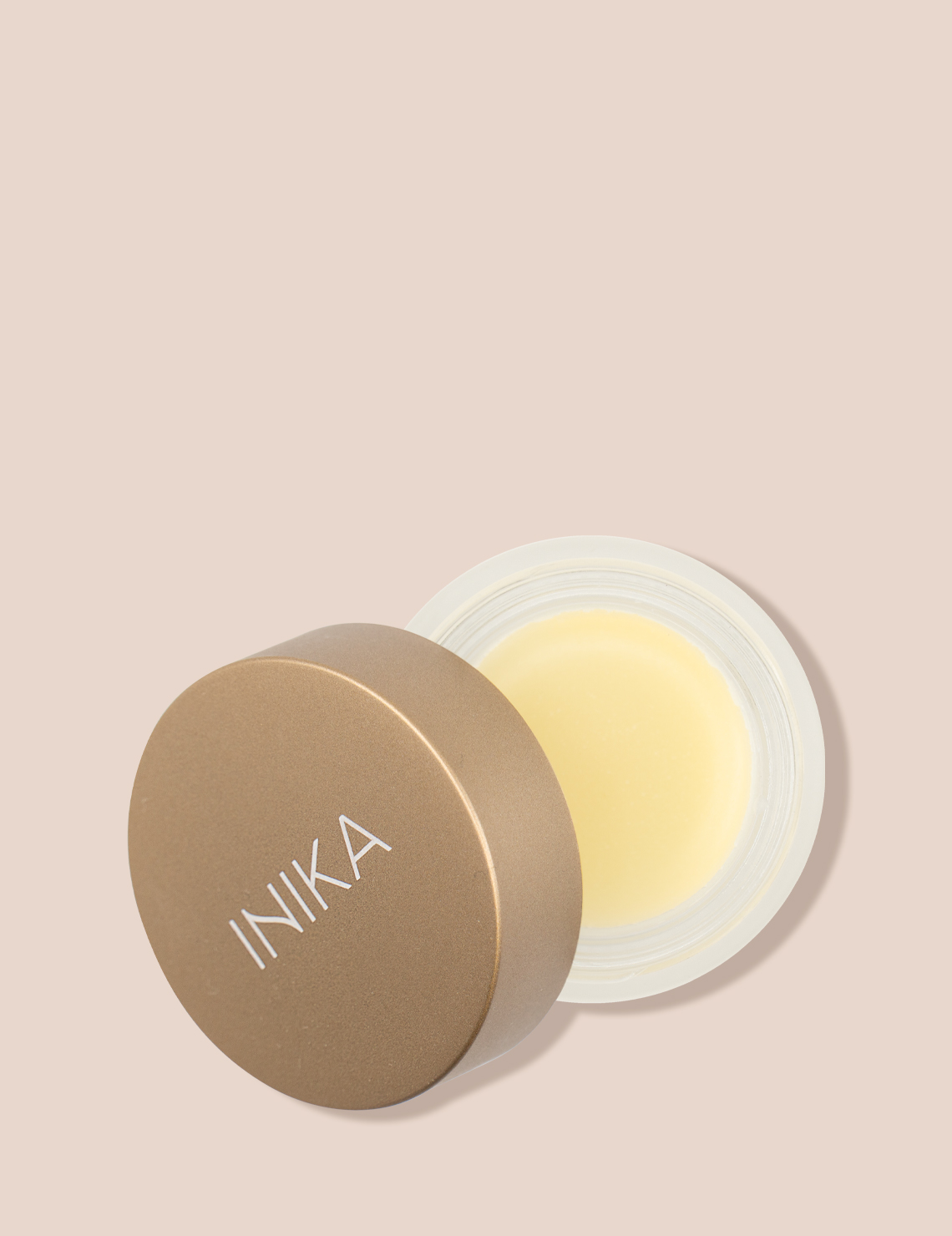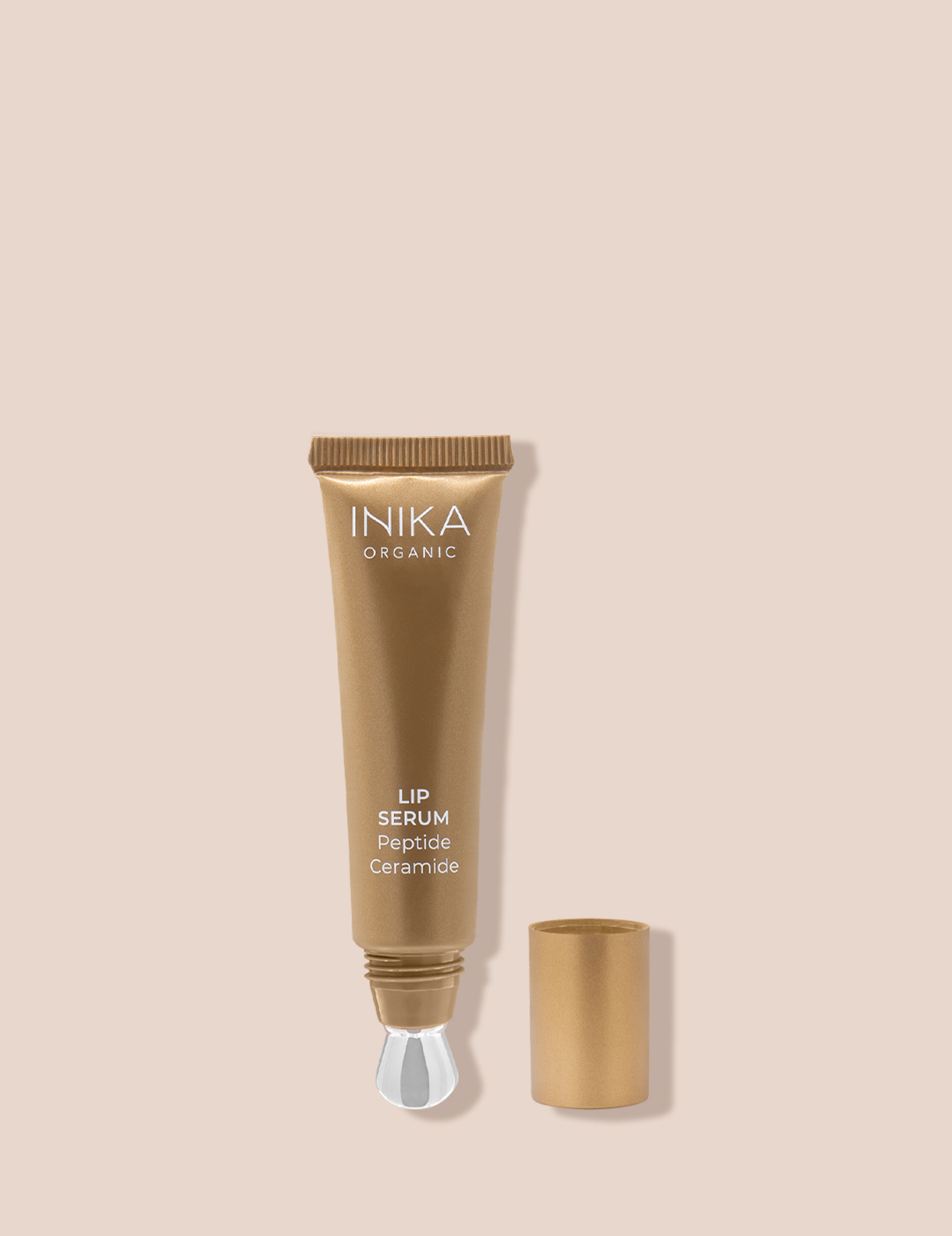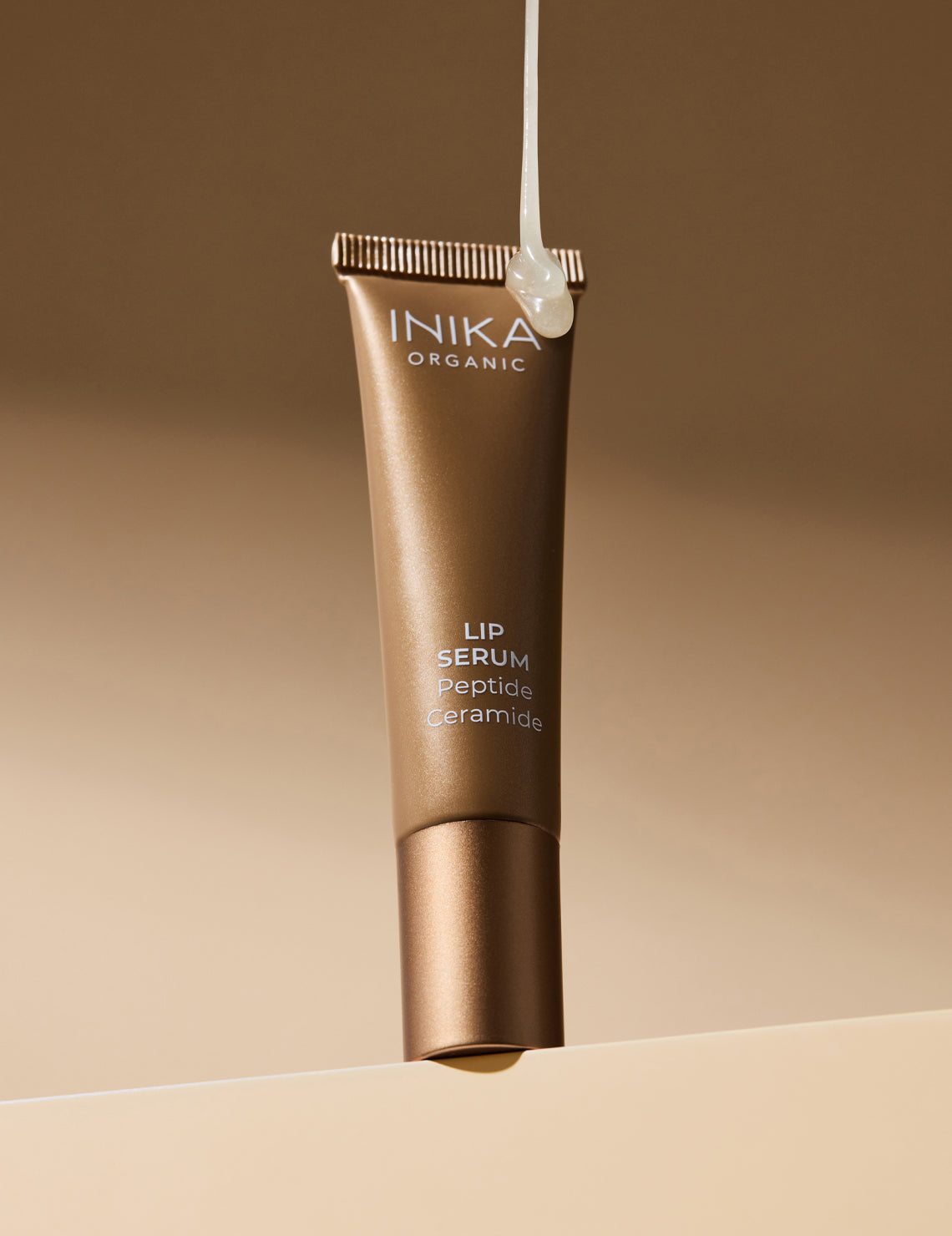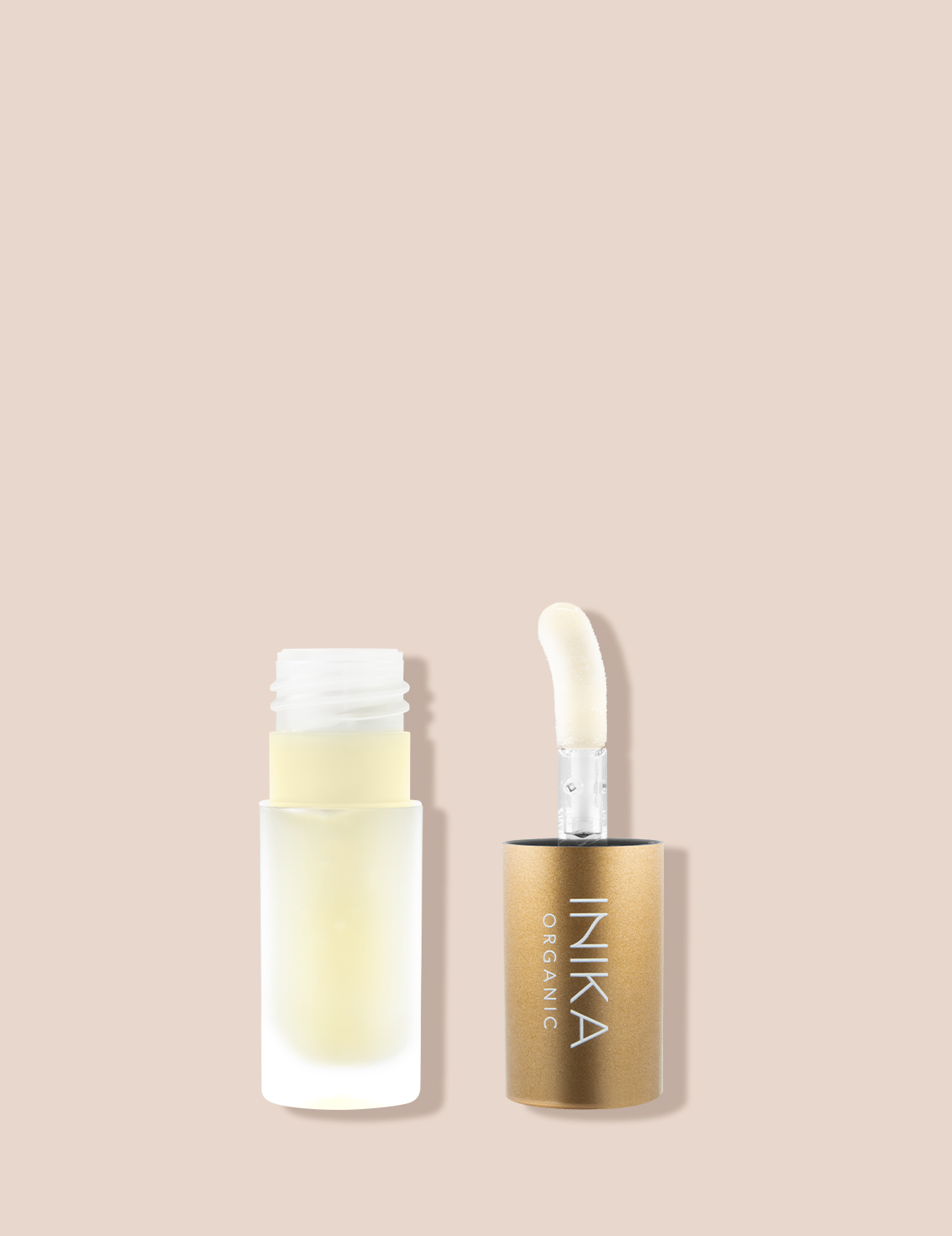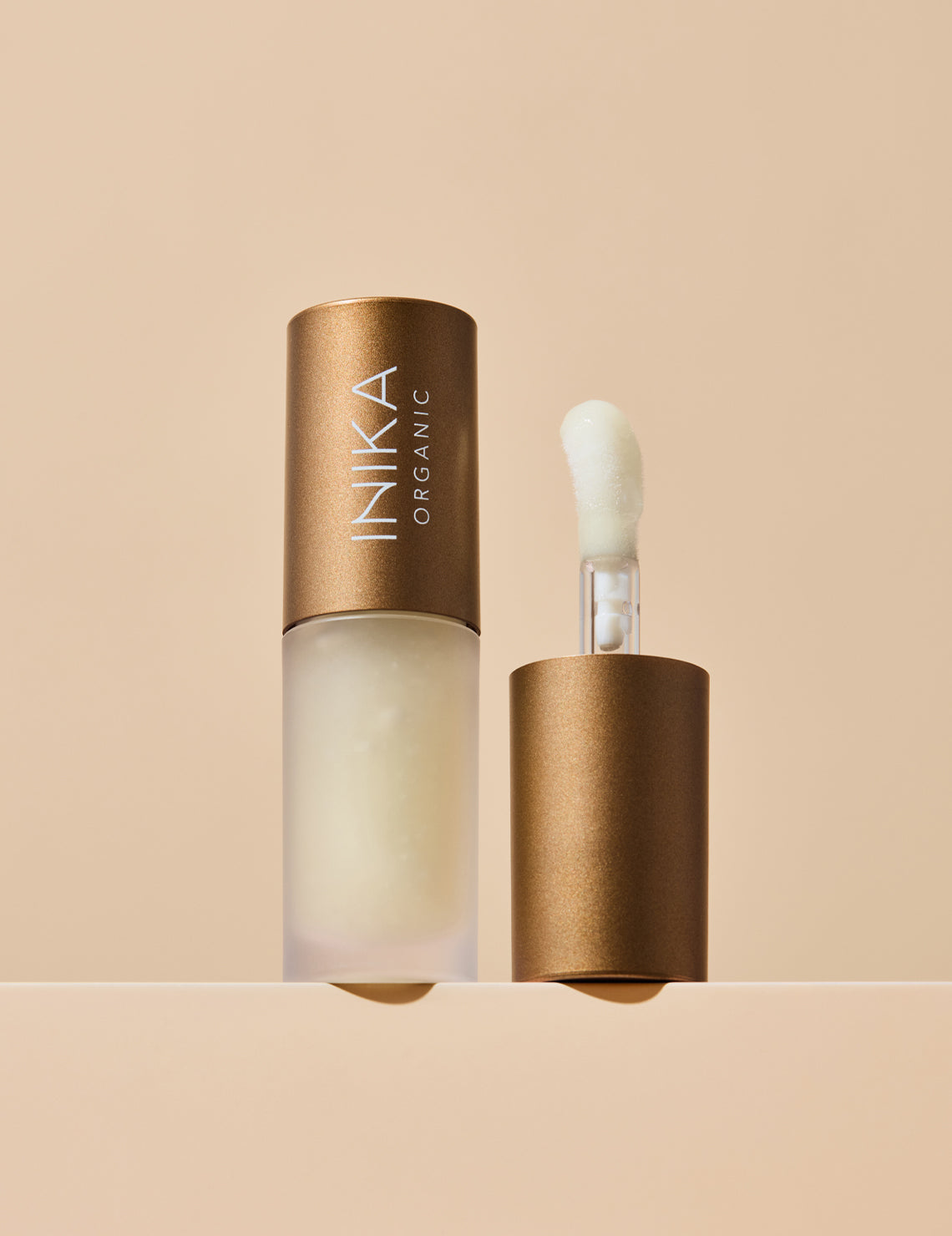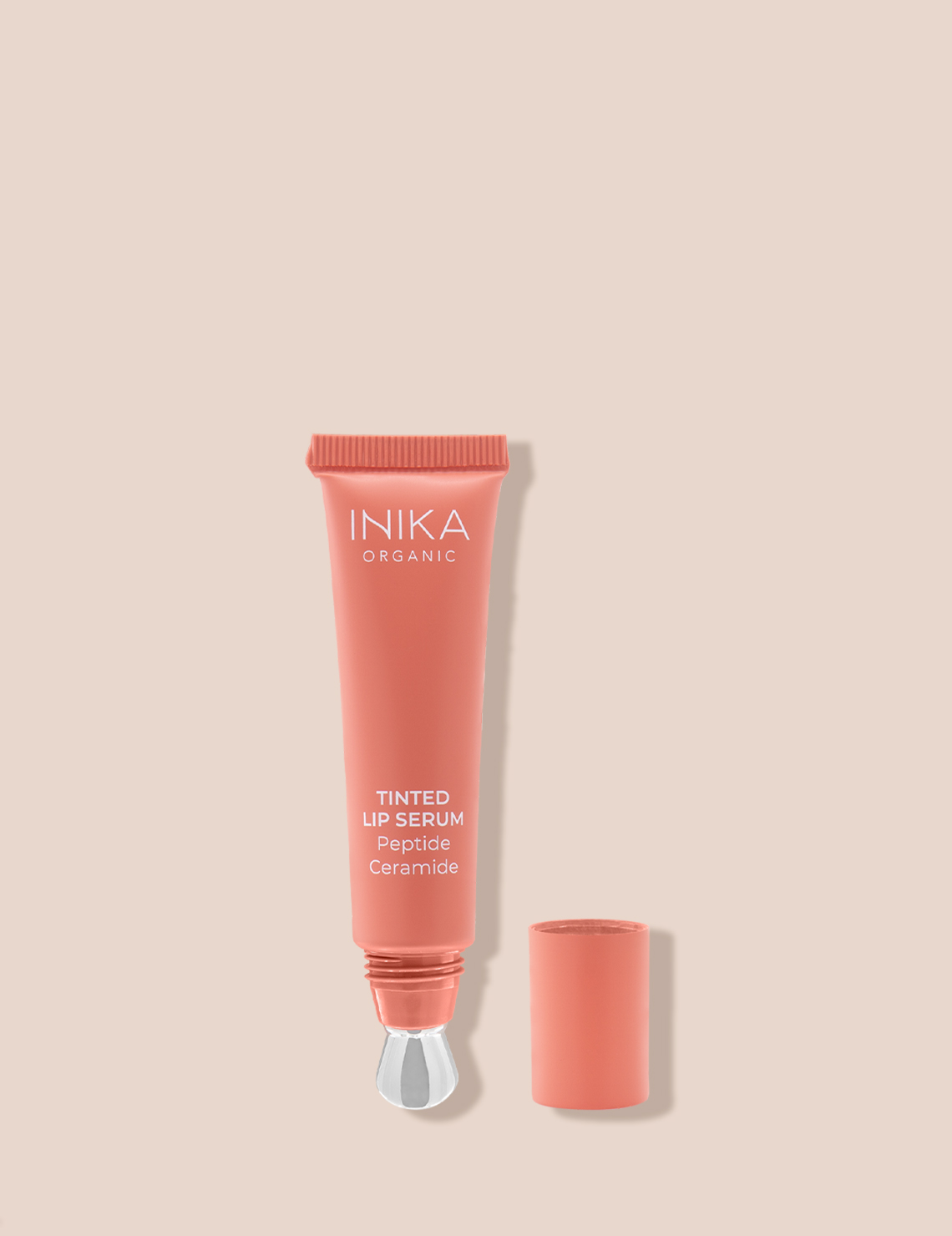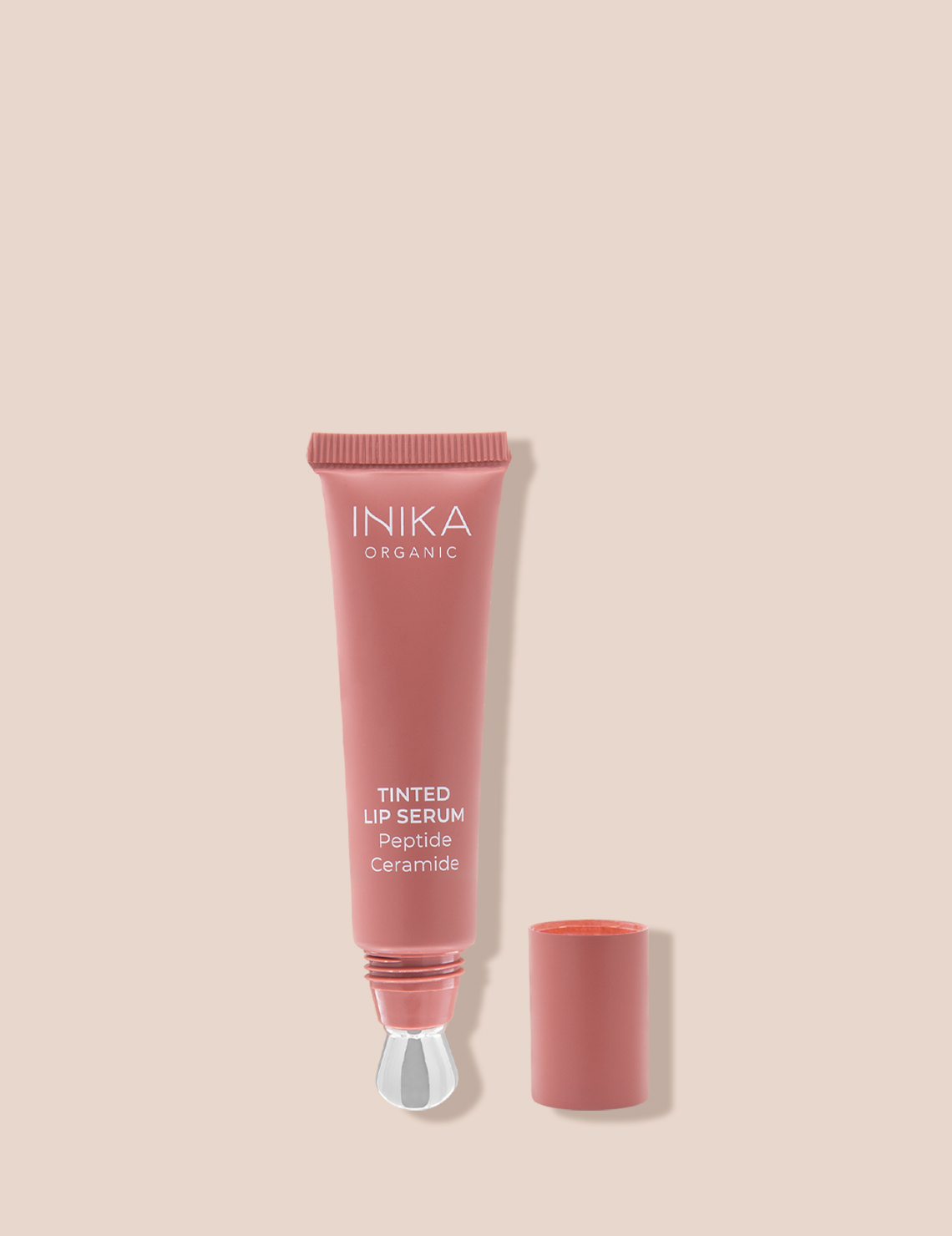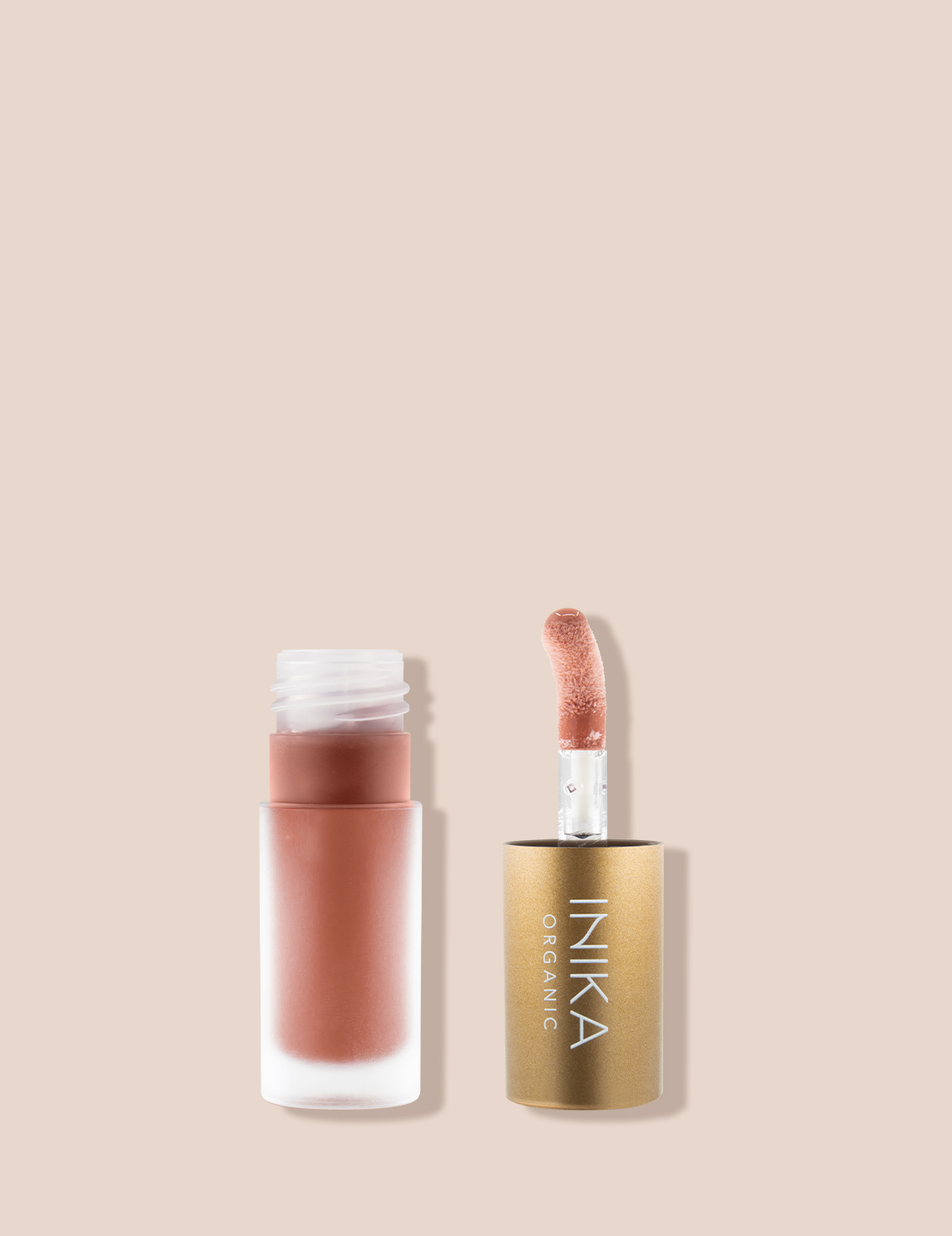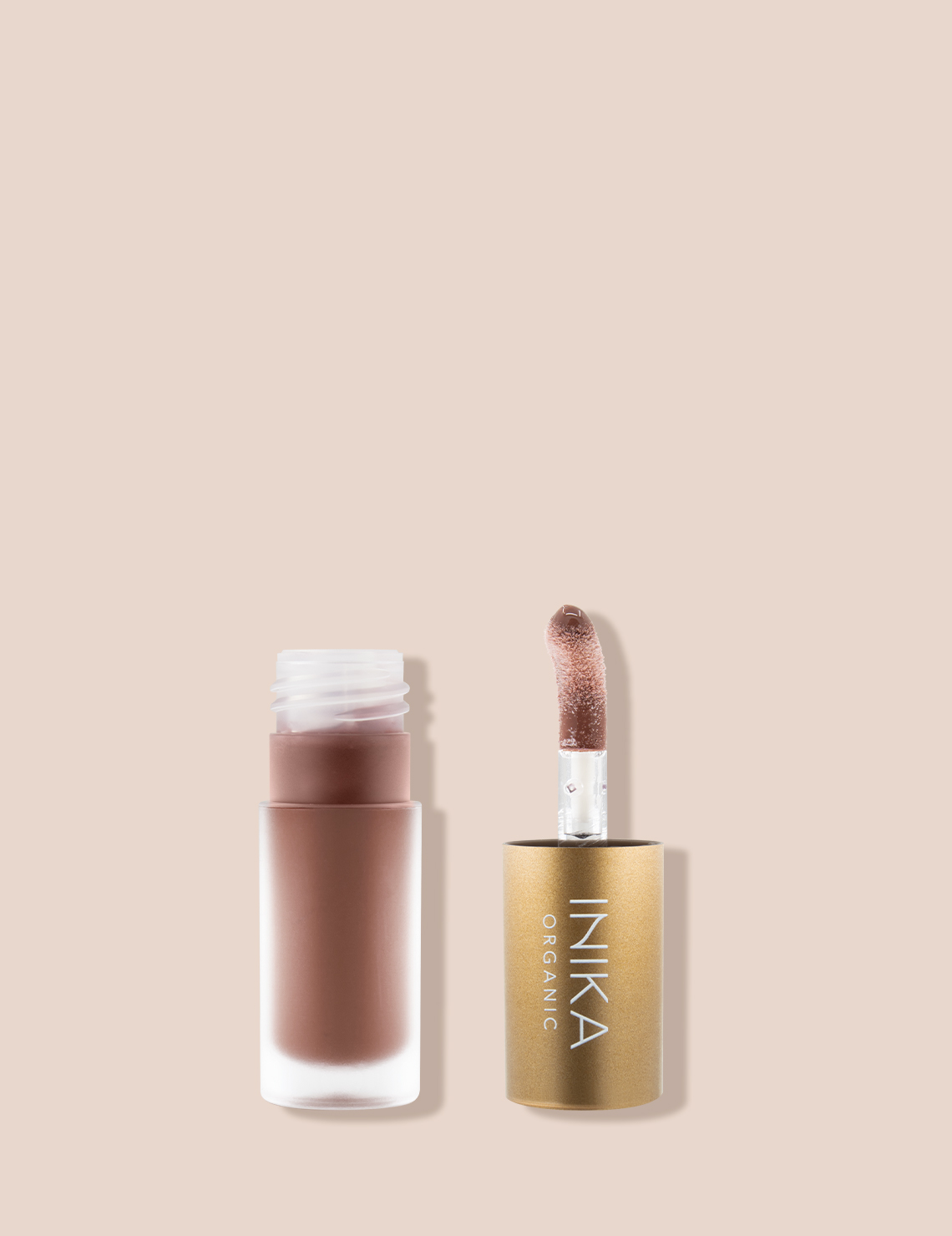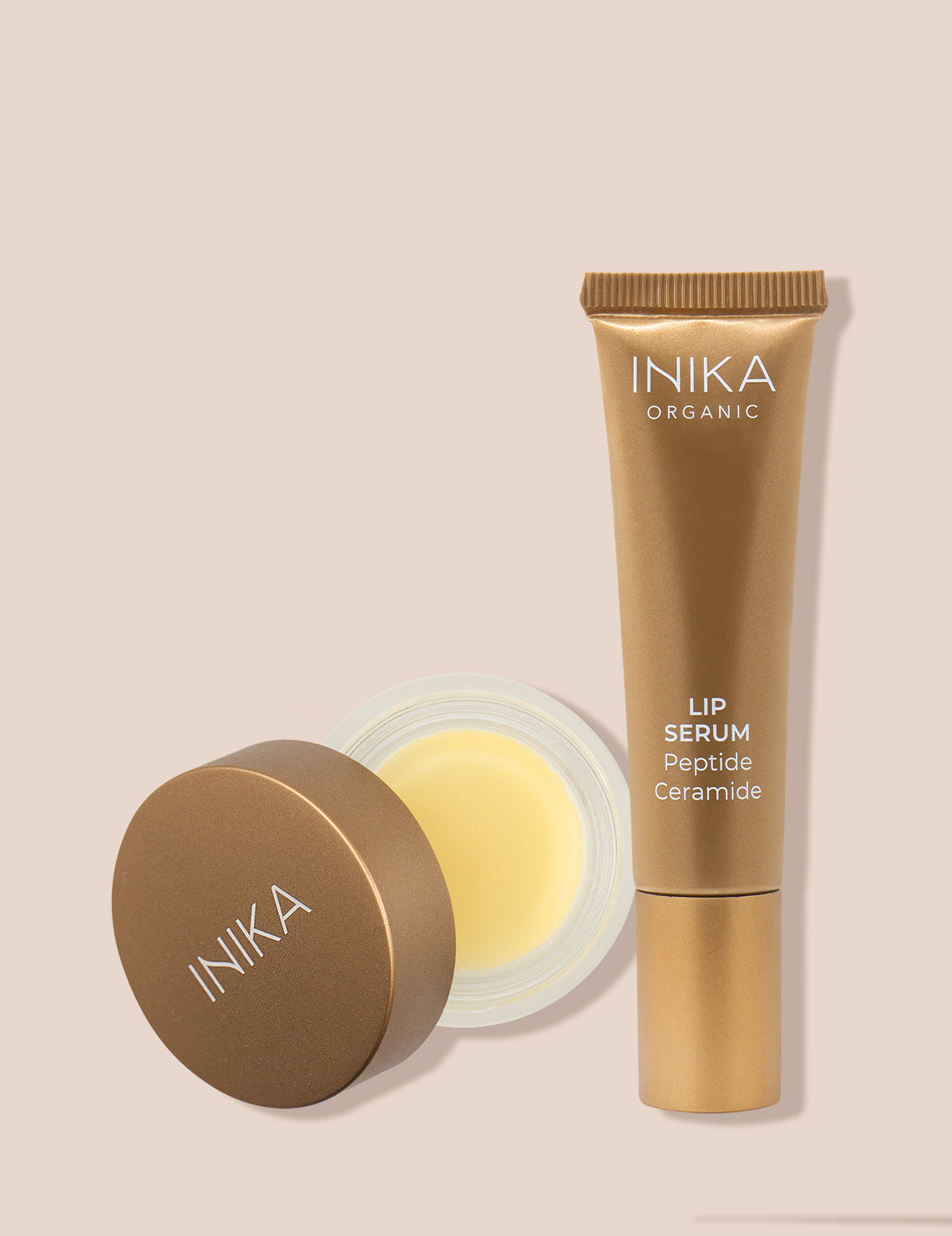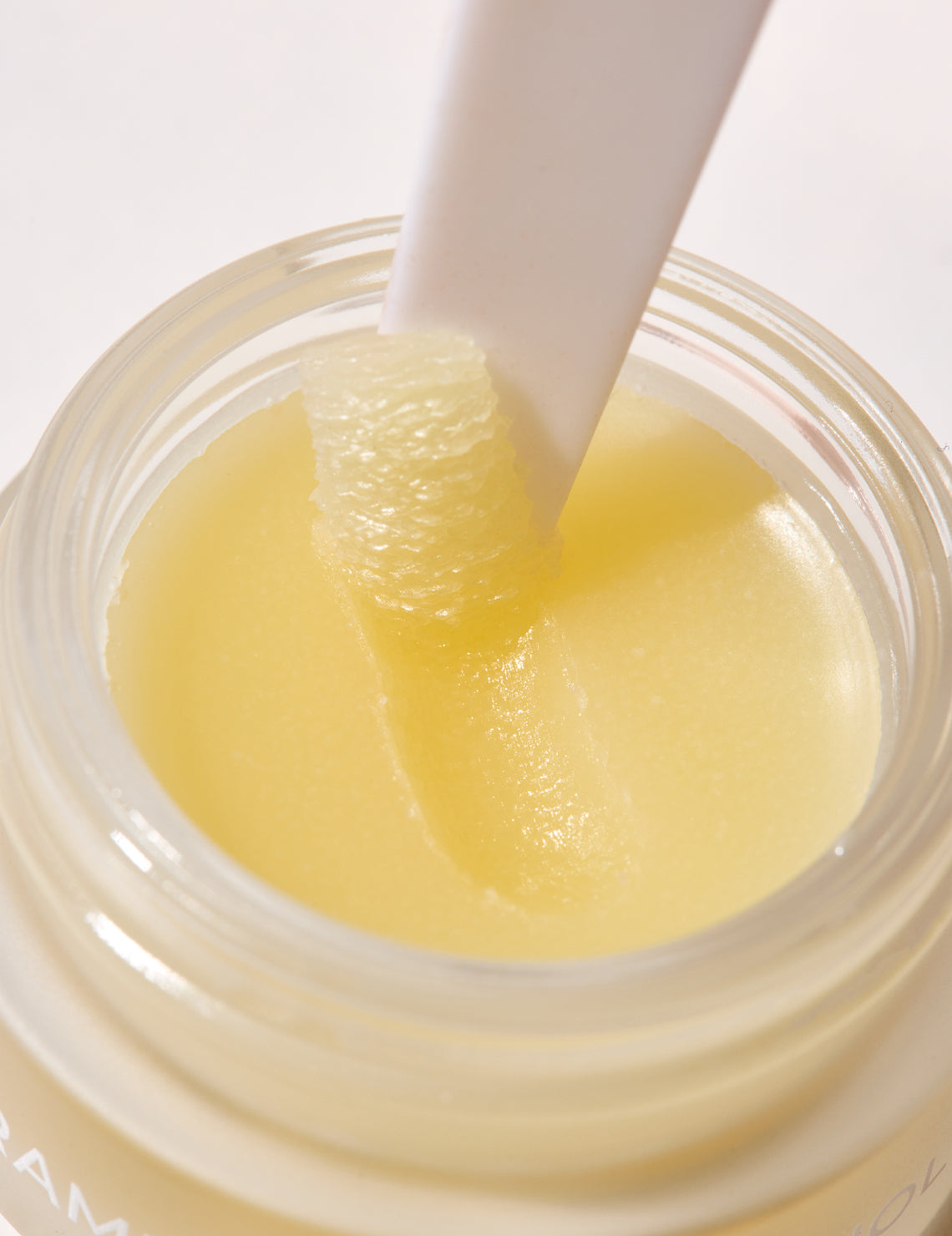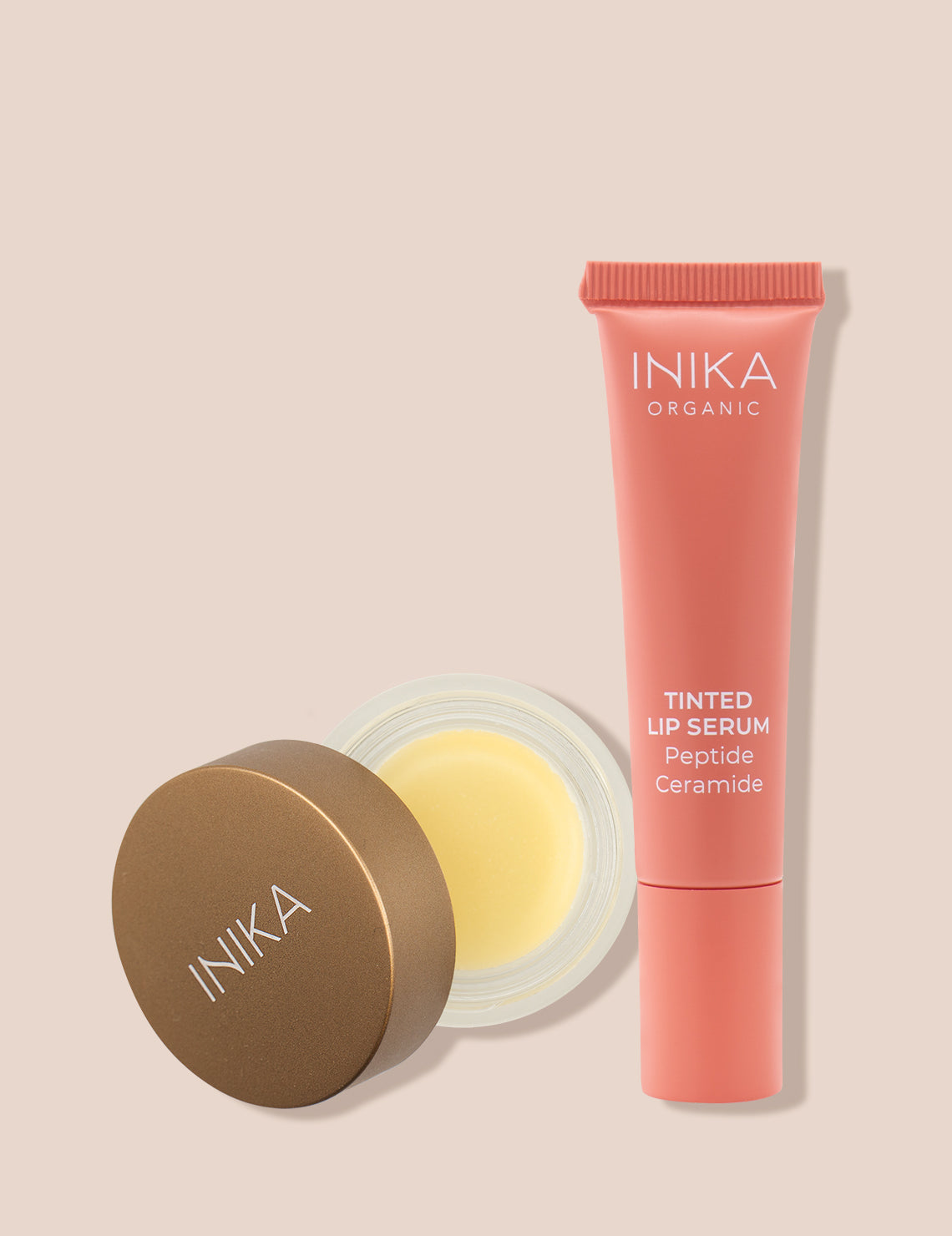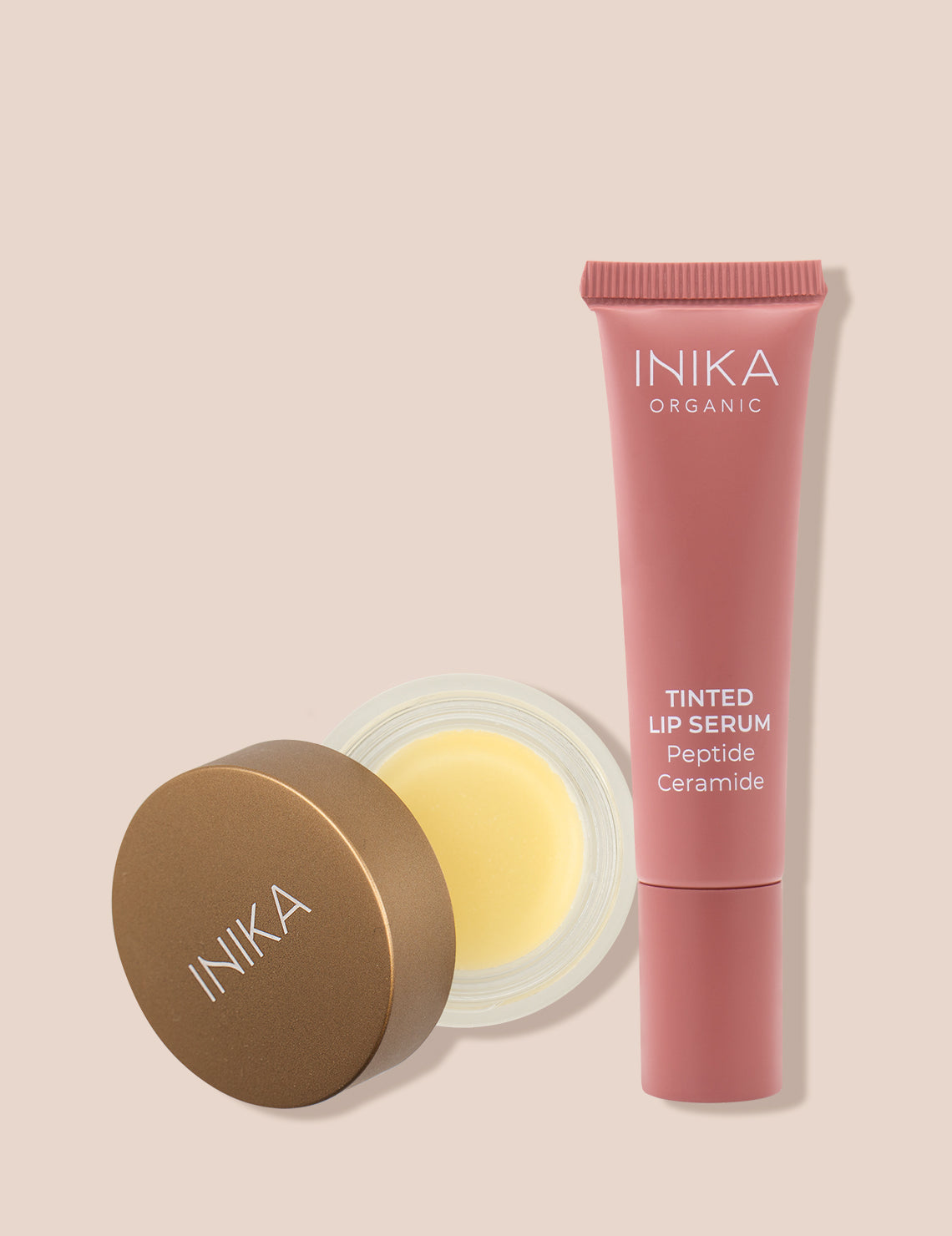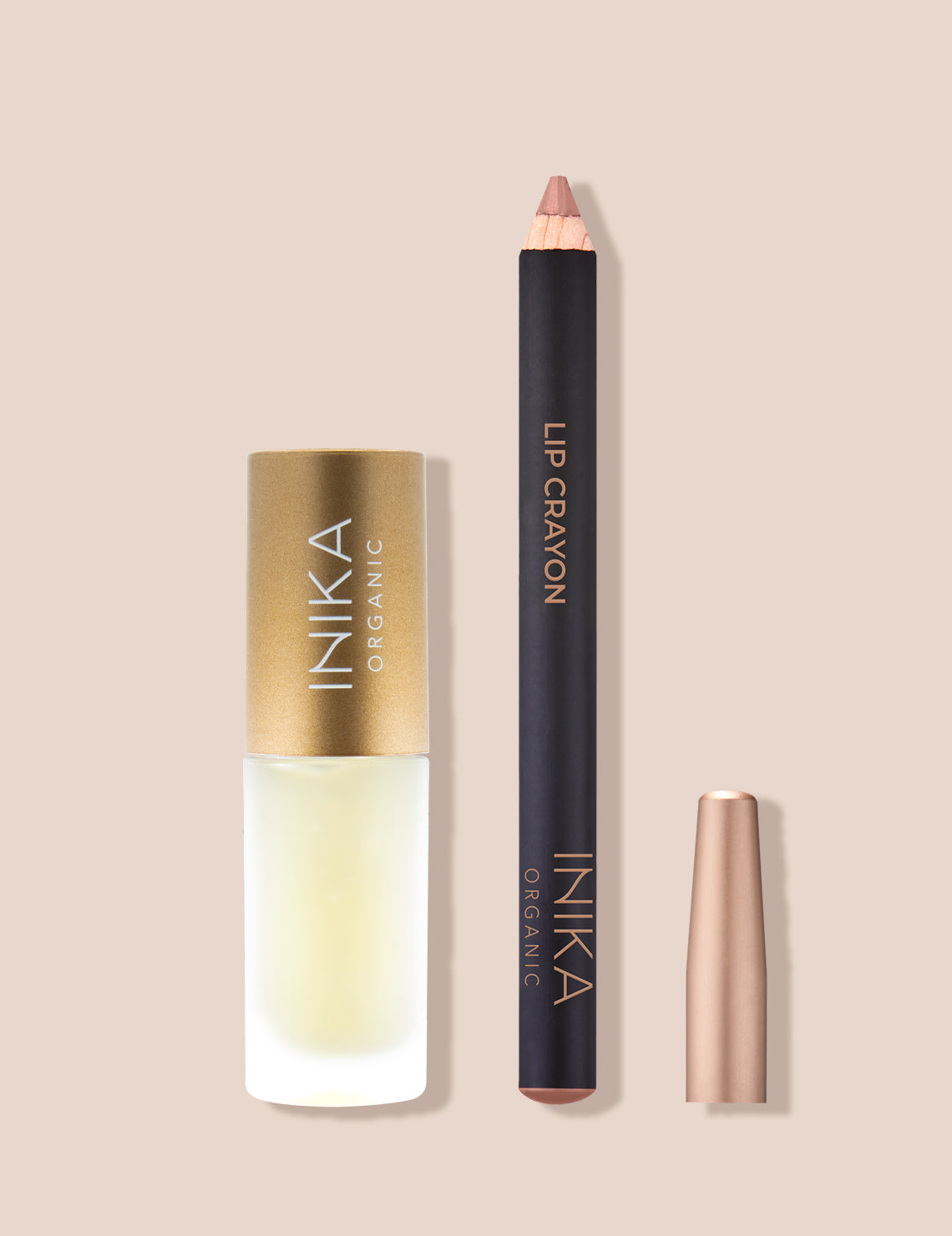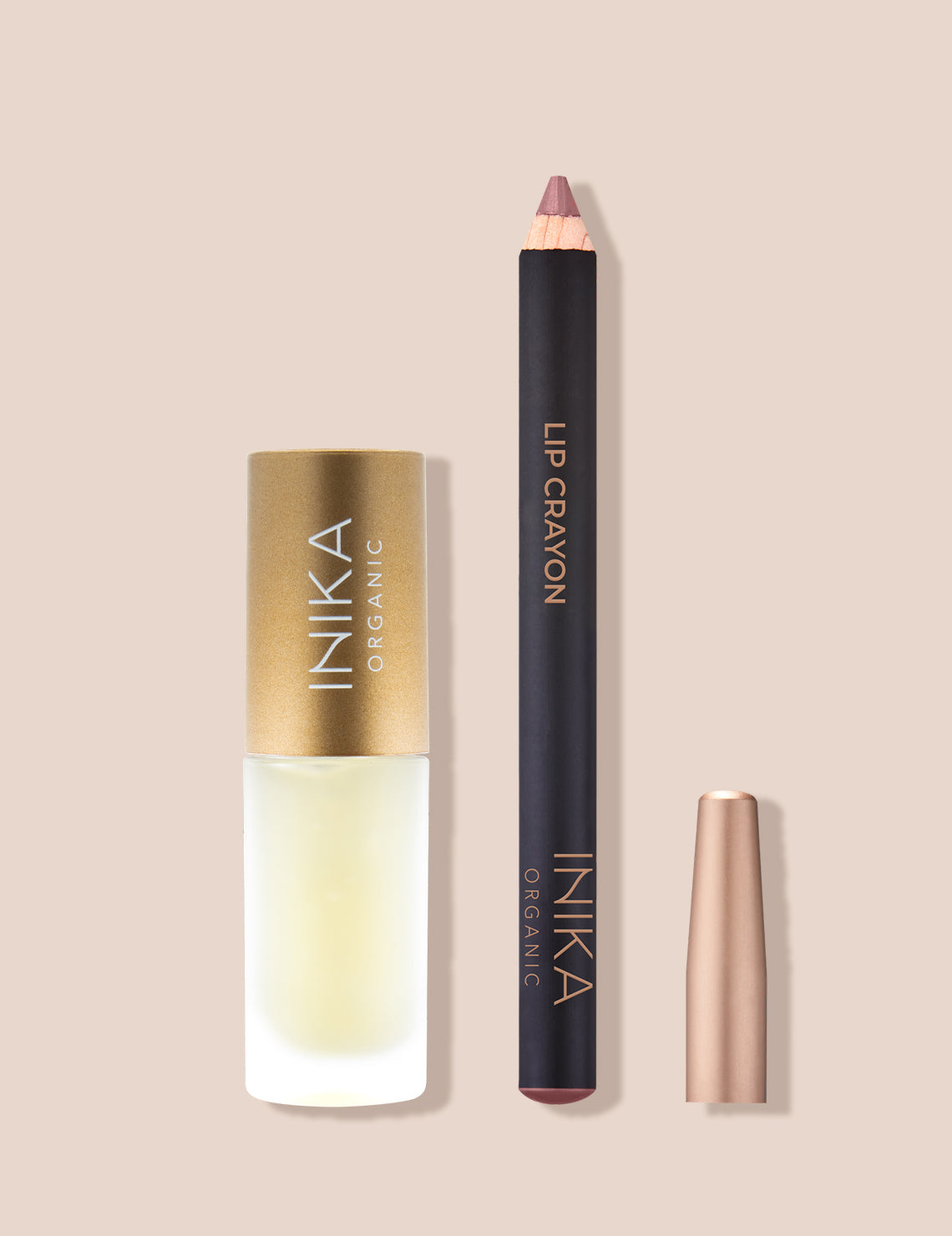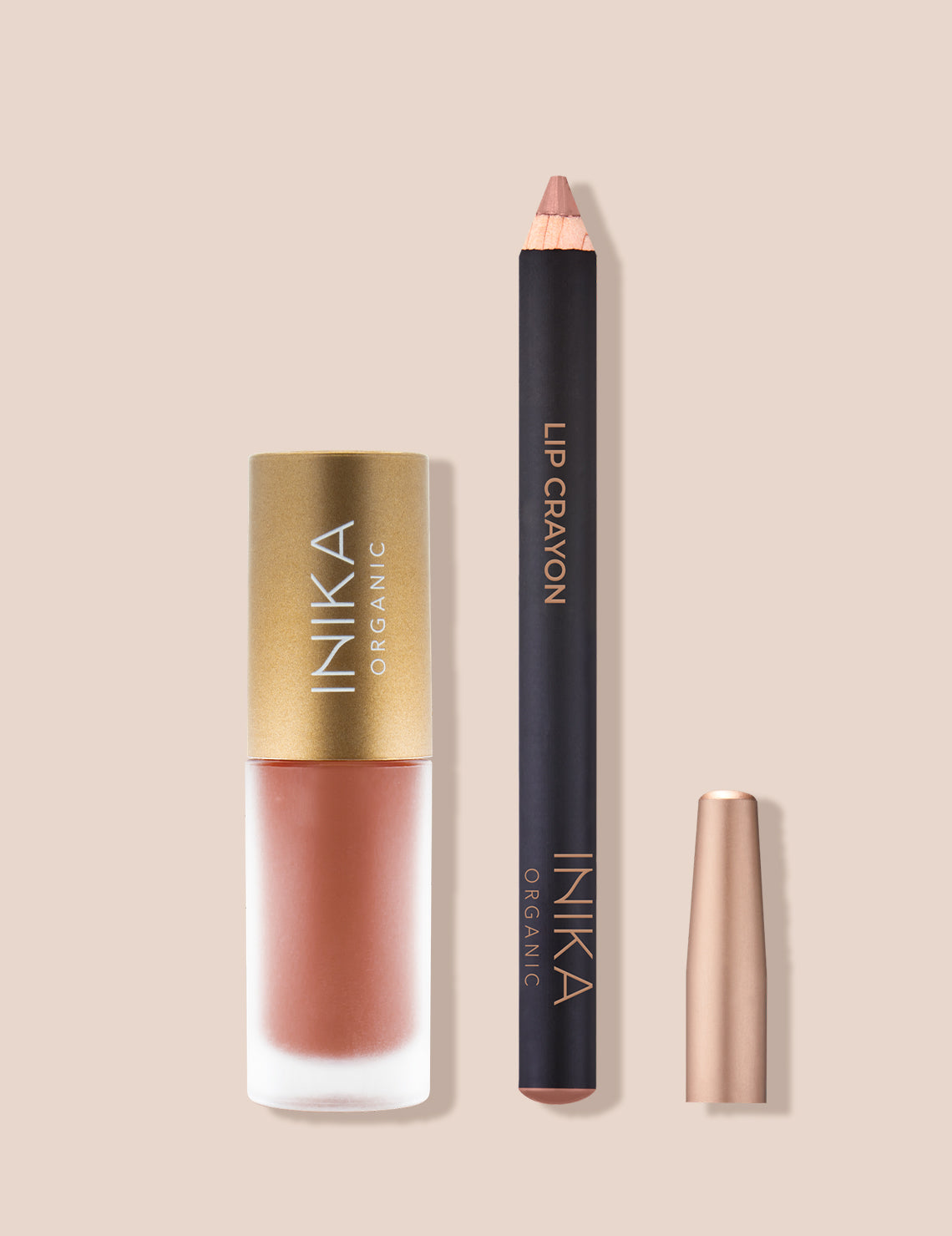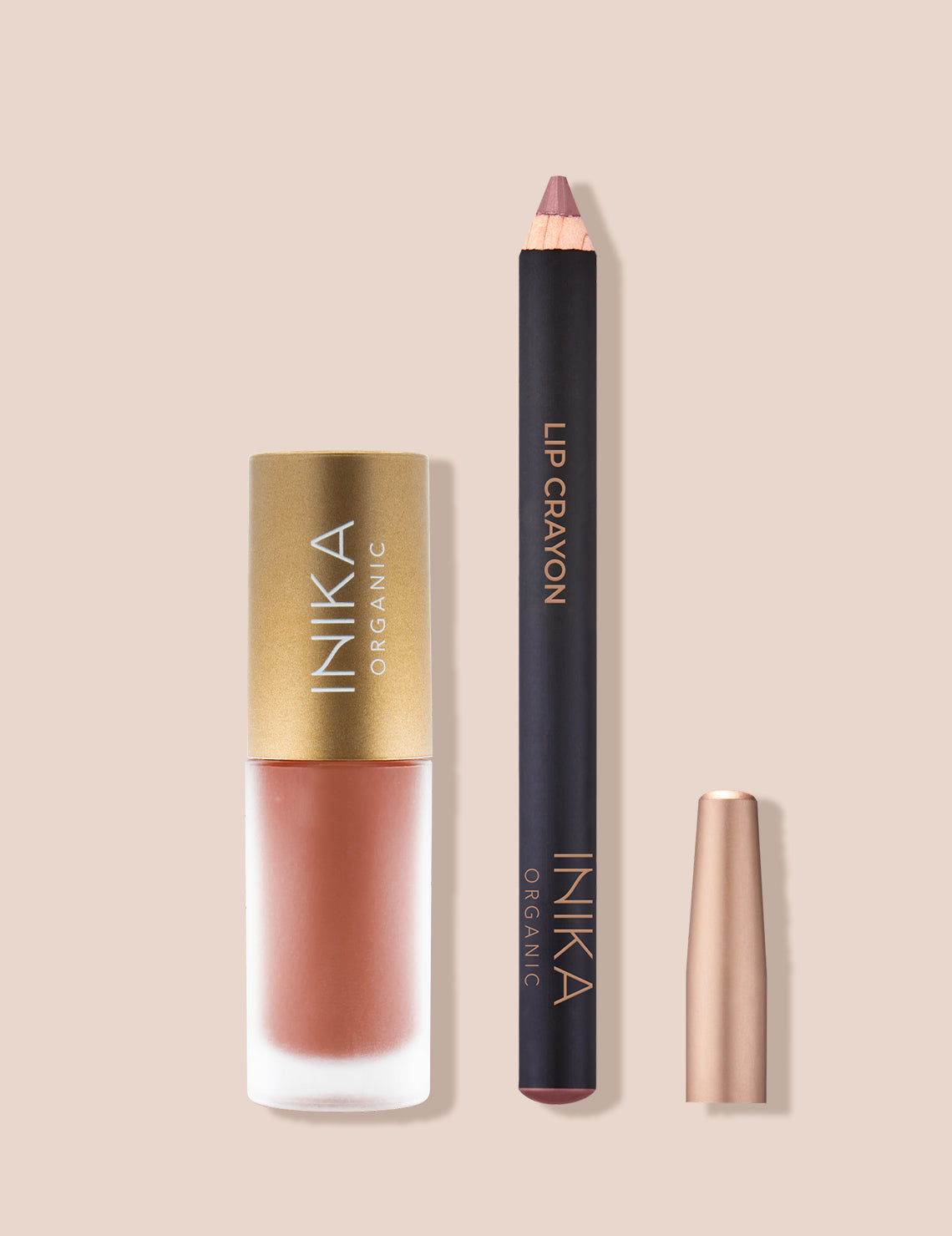Philippine is a working mother of three at the head of a household that has reduced its monthly waste to a container just 30cm in size, all within two years. She is also the visionary behind Zero Waste Coaching, a consultancy specialising in advising families on how to drastically reduce their waste. At INIKA Organic, whilst all of our packaging is 100% recyclable, we are constantly working towards even more sustainable methods of packaging, and we were so inspired to hear Philippine's story.

Tell us a bit about the journey to becoming a zero-waste household.
Between the day I had this zero waste trigger (watching a YouTube video of Bea Johnson, who is responsible for launching the movement) and the day I realised our monthly waste fitted in a 30cm bin, it’s been 24 months…of baby steps. Eventually one change lead to another and that’s how we’ve made it to this great environmental achievement.
What is involved on a daily/weekly basis to achieve this goal?
It all starts with an audit of your bins at home; what I am throwing away that I could avoid? For that, you can go straight to your kitchen and bathroom bins. They are the two main locations for waste production.
Kitchen
In our case, the main waste in this area of the house was packaging and food. I have addressed this in the main part by focusing on shopping in bulk.
I shop in bulk stores in order to refill my jars, cotton bags and containers or at other conventional merchants that let me shop that way (if they don’t let me – which is rare – I don’t buy their products and I kindly let them know why).
Some of my favourite types of vendor are:
- The health shop where I can return glass milk bottles for reuse and refilling. This saves me from pushing more plastic into the recycling plants. My local supplier picks up the empties and re-use them instead of recycling them, which I find fantastic
- The butcher and seafood store - I bring my own containers and they do the tare and fill using these instead of single use plastic bags wrapped in paper.
- The delicatessen - I also bring my own containers for our cheese. Twice a month I buy ½ kg of Parmesan that goes straight into my container to avoid blocks of cheese wrapped in plastic. Once home, the containers go into the fridge and freezer, it saves me time. It also enables me to have a tidy fridge where I can see what I have, so I can avoid missing what we’ve got on hand. We’re all guilty of wasting food, just because we have forgotten it was even there.
- Organic wholefoods stores that support bulk buying, like The Source Bulk Foods, - great for picking up more dry ingredients but also specialty items like oregano, parsley, coriander and tea
If you’re in Melbourne, some of my favourite local vendors are:
- The South Melbourne Market (shout out to Rita) – local markets are fantastic for picking up any dry ingredients like rice, pasta, flour, sugar, salt, pepper, dates, muesli and chocolate
- Babe Eggs at South Melbourne Market – I have a refillable box that I take to pick up my eggs. Most locations for free-range eggs are more than happy for you to bring your own containers
- The wine merchant, I go to Swords at South Melbourne Market – sellers that will refill bottles, pick up the empties and do deliveries are ones to hold on to and support. It saves me from carrying such a heavy load!
Bathroom
For the bathroom, our waste was mainly being contributed to by plastic bottles, tissues and cotton pads. I’ve tackled this with a mix of re-using existing packaging and also shopping in bulk.
My top bathroom-saving tips are:
- Getting shampoo and conditioner bottles refilled at The Bulk Source Foods or The Soap Shop (found at South Melbourne Market)
- We repurpose old t-shirts, clothing and pillow cases to use as handkerchiefs and cleaning rags.
- Buy your cleaning products in bulk; laundry powder, dishwashing liquid, magnesium salt, baking soda, bars of soap. We’ve even found amazing shampoo bars, which are of course completely packaging free!
- For our facial sponges and cotton pads, I have sourced micro-fibre (Enjo) alternatives we just make sure to regularly put them in the wash.
- My entire family moisturises with organic coconut oil to keep our product count down. It’s also an excellent natural mosquito repellent by the way, I tested it out a few weeks ago at an evening outdoor event
- On and off as I get the time, I make my own deodorant and toothpaste using recipes from the blog of Trash is for Tossers
I really encourage people to kick-start their journey by Googling, there are so many ideas out there once you start looking. I haven’t re-invented the wheel, I have just been curious and done my fair share of reading on the net.
How much waste does the average Australian household produce?
After doing my own research I came to realise, the average Australian produces 1.5 tonnes of waste in a year. Yes, just one person, 1.5 tonnes of waste, it’s absolutely massive and so much of it is avoidable – by taking a mindful step towards reducing plastic packaging and food waste. According to the ABC, Australians still let $8 billion worth of edible food hit the bin each year. We’re so lucky to have access to so much produce in Australia, that I think when we shop we have a tendency of buying too much “just in case” and that’s usually because we’re not ready and a quick meal planner hasn’t been done. We shop without checking what we’ve got in our pantry, fridge and freezer. It’s a waste of resources and also money.
What are some of the negative effects of Australia’s current household waste volumes?
The first negative effect that comes to my mind is the production of methane released by the decomposition of waste currently in landfill. Waste generation and disposal have significant environmental impacts: these include emissions affecting air, land and water.
Think of as well, the energy required to take care of our community waste and the dollars invested into that, because it’s ultimately tax payers who are of course covering those costs.
What is your no. 1 tip for people that are wanting to take the first steps to reducing their household waste?
Take your containers to the market and supermarket (less packaging wasted) and plan your meals (less food wasted).
What is it like being a mother of 3, wife, zero-waste activist and starting your own business – all at the same time?
It’s a wonderful journey that keeps me excited and inspired! Once you are a zero waste activist, old habits shift into new habits and it becomes effortless, but it does require discipline to not shop spur of the moment!
How involved is the rest of the family in your mission?
They are all VERY involved. My husband – before even I became zero waste – was the one to buy us a worm farm. These days the kids know not to use plastic bags. If they shop at the bakery for their school lunch, they’ll ask for scrolls not wrapped in plastic for instance. If we go to an outdoor party, we all bring our drink bottles, melamine plates, cutlery and cotton napkins. Before we decide to throw something away, if anyone is unsure, they’ll always ask which bin they should use as they know how important it is to put your waste in the right bin. If something is broken, they’ll ask for it to be fixed instead of putting it in the bin.
What are some of the key challenges you’ve come across in the process of converting your household to zero waste?
Probably my main challenge was early on, when my husband was in charge of the grocery shopping and bringing heaps of plastic back home. Which I couldn’t whinge about, as he’d been kind enough to do the shopping! The other challenge was when the kids brought back goodie bags full of plastic items from parties. They would usually break very quickly and couldn’t be recycled. Birthdays and Christmas are equally challenging as they would receive presents made 100% out of plastic but, I definitely respected the kindness of our family and friends :)
What is one thing that you would like people to know about household waste, that they might not already?
How bad processed foods and take-away is, not only for the environment with all the packaging but also for our health. Since we have become a zero waste household, we cook more ourselves and have become healthier and happier with higher energy levels. It’s all linked together and you don’t necessarily see it for what it is… but I feel that things are slowly changing for the better with more education and knowledge around nutrition.
How do you adapt your passion for sustainability into other areas of your life?
Since we have become sustainable as a family, I have also become very interested in being healthy physically and mentally, as these are so linked for me. Being sustainable for me, means also being kinder to yourself. You can take steps towards reducing your waste, at the same time as fueling your body with more natural foods, less take-away and processed foods.
Why do you think natural products/makeup are important?
The more we go for natural options, the better it is for our health and the happiness of animals and the environment. For me choosing natural products is important, it saves us from having more chemicals on our body than is ultimately necessary.
What are your favourite INIKA Organic Products and why?
I’m in love with the Certified Organic Lip & Cheek Cream. I just find that texture is so smooth and the shade is perfect for me as a blush and lip colour. I just tap some on over my foundation and then onto my lips, pop the INIKA Organic Certified Organic Lip Serum on top and I’m good to go.
Tell us one thing you do for yourself every day, to be a little happier and healthier?
One thing I do every day is meditating. Breathe, be aware, be in the moment, be in touch with yourself. It helps my mind focus and stay clear. I also use my spikey physio ball every day; it’s a great tool for quick deep tissue massage to release any tension! I also read every night, not for long but it helps me with falling asleep quickly until the next morning!

